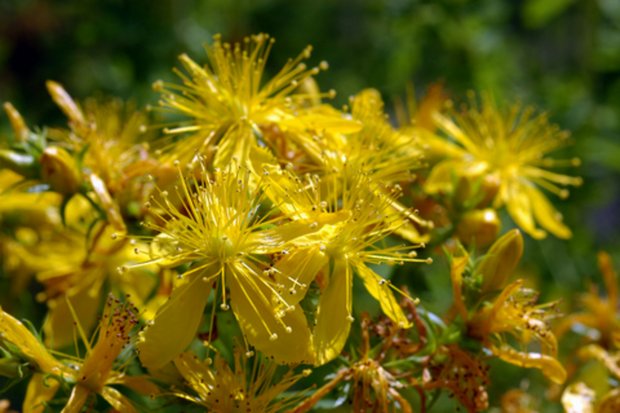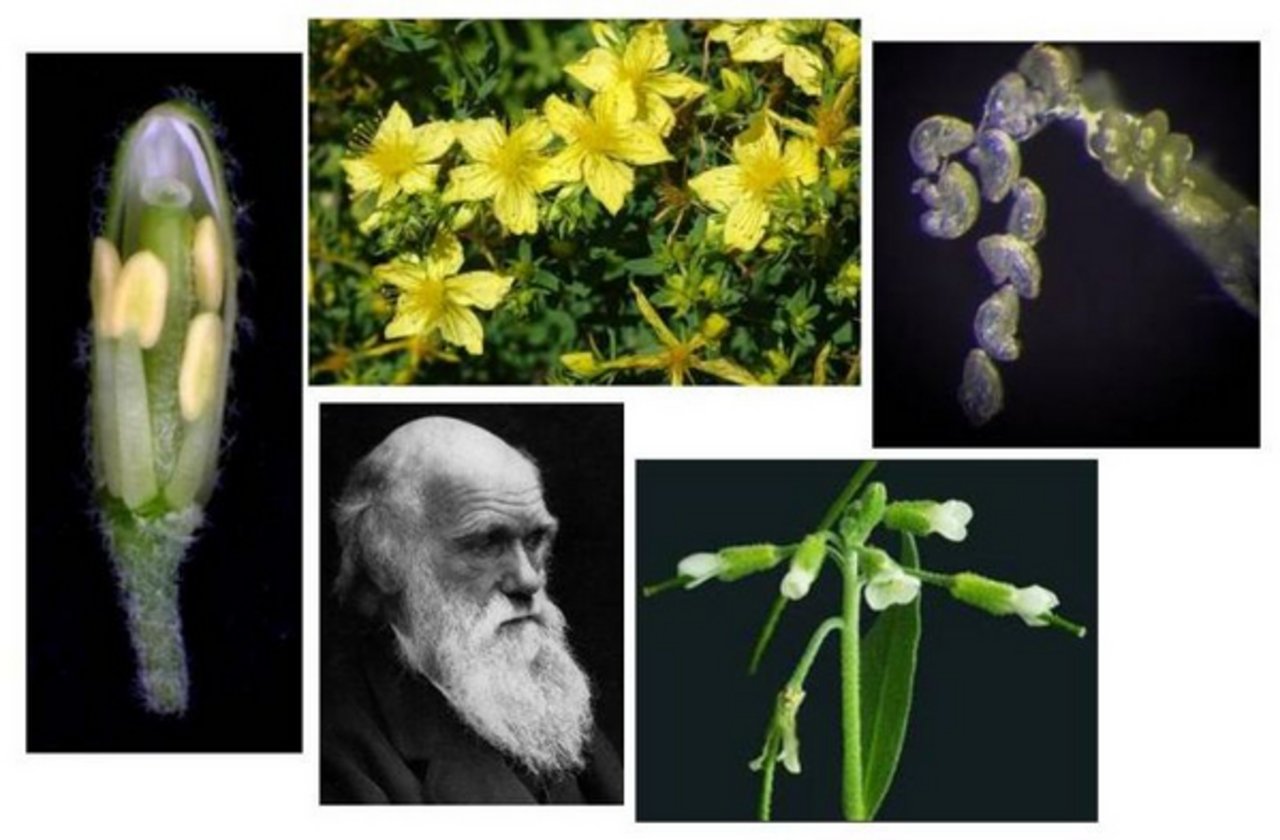Aus praktischer Sicht wird der Apomixis aufgrund des enormen Nutzens, der für die züchterische Entwicklung von Kulturpflanzen verfügbar werden könnte, das Potenzial für eine landwirtschaftliche Revolution zugesprochen. Aus theoretischer Sicht hingegen wird Apomixis als ein evolutionär instabiler Reproduktionsmodus betrachtet, da dauerhafte Asexualität zu genetischer Vereinheitlichung und zur Anreicherung von Mutationen führen kann. Apomixis (sowie Parthenogenese bei Tieren) hat sich jedoch in vielen Fällen im jeweiligen biogeographischen Kontext als eine außerordentlich erfolgreiche reproduktionsbiologische Strategie erwiesen.
Unsere wissenschaftlichen Studien sind daher auf die selbst innerhalb von kleineren Populationen apomiktischer Wildarten evidente Variabilität gerichtet, wobei wir verstehen wollen, wie und warum ein Umschalten zwischen Sexualität (Mixis) und Apomixis erfolgt. Darüber hinaus, ist Apomixis sehr häufig mit Polyploidie, Bastardierung und genomischer Instabilität assoziiert, was uns dazu veranlasst, diese Phänomene und insbesondere deren Zusammenhang mit apomiktischen Phänotypen zu untersuchen.
Derzeitig etablieren und nutzen wir zwei Modellsysteme der Apomixisforschung, die beide innerhalb ihrer natürlichen Populationen sowohl sexuelle als auch apomiktische Vertreter umfassen.

